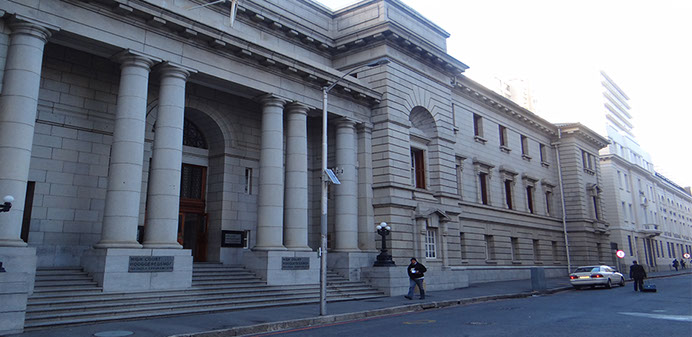Differences in meaning of the prepositions “at” and “by” support the argument that six public schools contravene the Constitution with their policies on teaching religion, the High Court in Johannesburg heard on Wednesday.
During closing arguments, Hendrik van Nieuwenhuizen, for the NGO OGOD, quoted section 15.2 of the Constitution, according to which “religious observances” may be conducted “at”, and not “by” public schools, Netwerk24 reported.
It was in the interests of South Africa’s democracy that public schools not be allowed to promote a specific religion, he said.
The Organisation for Religious Education and Democracy (OGOD) wants the court to declare unconstitutional the religion policy of six schools: Randhart Primary School in Alberton, Baanbreker Primary School in Boksburg, Garsfontein Primary School in Pretoria, Linden High School in Johannesburg, Oudtshoorn High School and Langenhoven Gymnasium in Oudtshoorn.
The six schools, the ministers of basic education and justice, and the National Society for School Governing Bodies are the respondents.
Van Nieuwenhuizen said Tanya Robinson, a family therapist who interviewed pupils at the six schools, proved that Garsfontein Primary School’s claim that all its pupils were Christian was wrong.
If pupils were not forced to take part in religious practice, the school would have known that it had non-believing pupils.
Earlier, advocate Adrian d’Oliveira, for the schools, said in his closing arguments that every school should be allowed to choose a religion policy to best serve its community.
Matthew Chaskalson, for Basic Education Minister Angie Motshekga, said she had intended to stay out of the dispute initially.
She however joined after the six schools argued that her department’s national policy on religion and education was unconstitutional. She was not an “appropriate public authority figure” to make rules about religious practices at public schools, they argued.
The local school community had not elected her and she had no knowledge of or appreciation for each school’s specific religious and democratic needs. Therefore school governing bodies had the authority to determine religion policy.
Chaskalson argued that this statement was not well thought-through. While an SGB could set policy, this still had to comply with the National Education Policy Act.
The national policy on religion and teaching prohibits public schools from teaching a single religion.
“Religious freedom is compromised when a policy divides the population into an inner circle that belongs, and an outer circle,” he said.
[Source: News24]





 WhatsApp us
WhatsApp us 

